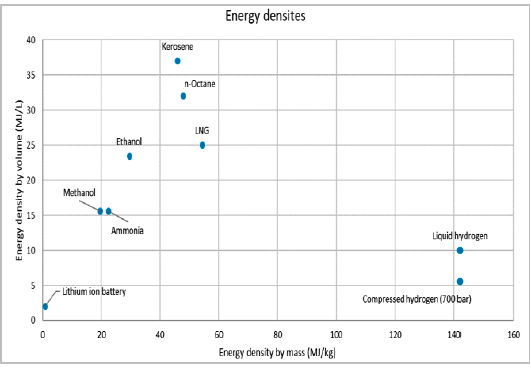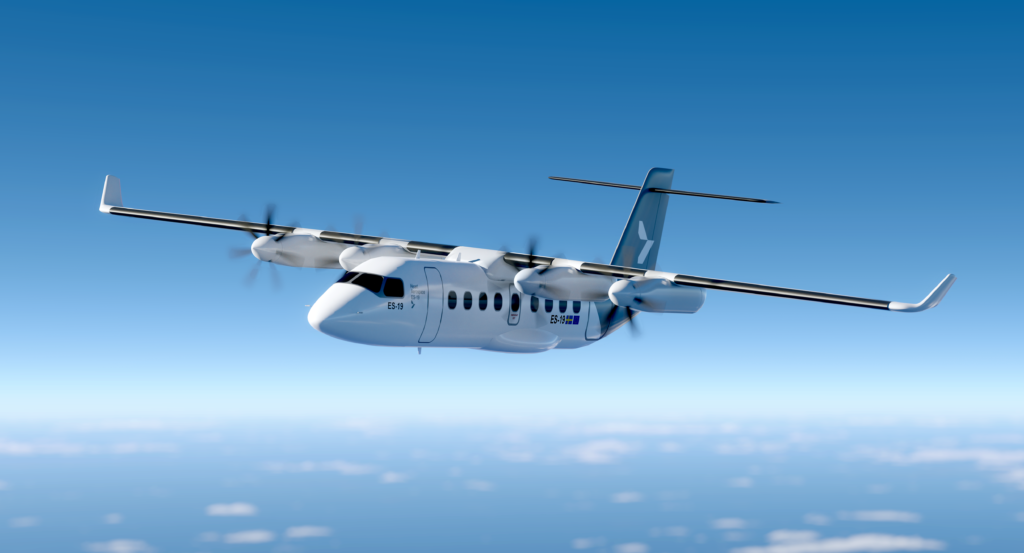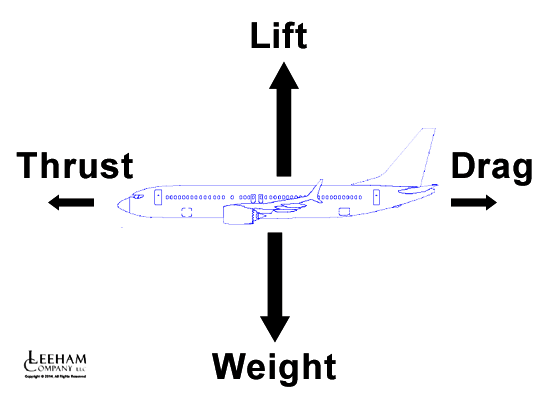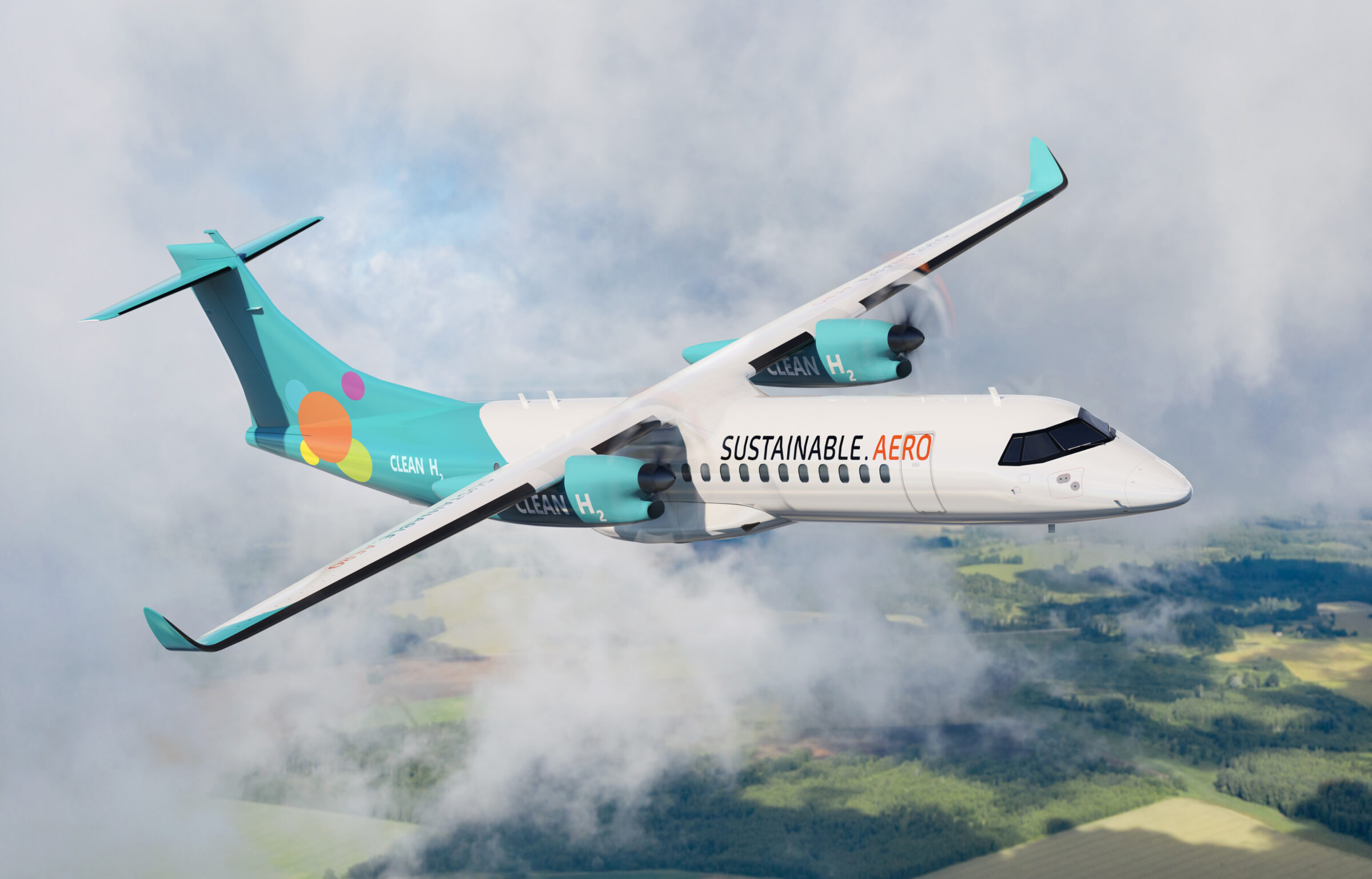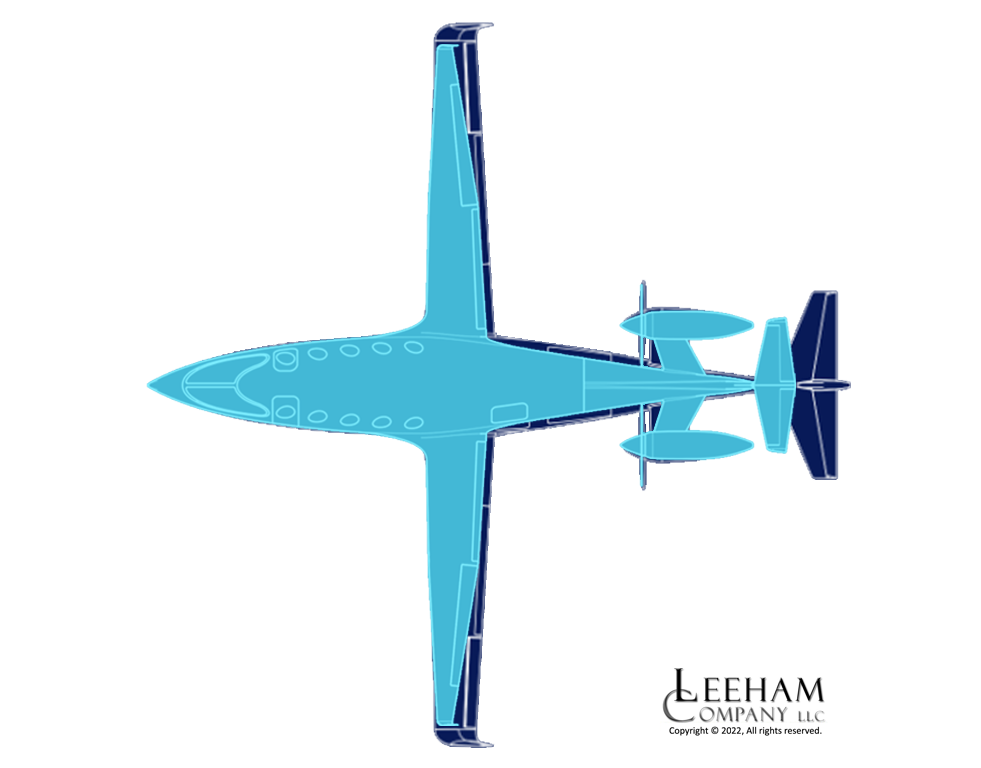Leeham News and Analysis
There's more to real news than a news release.
Bjorn’s Corner: Sustainable Air Transport. Part 12. Hydrogen storage.
March 25, 2022, ©. Leeham News: Last week, we looked at the energy density by mass and volume for hydrogen and regular Jet fuel (Kerosene), Figure 1.
With this information, we now look at how these fuels can be stored in an aircraft.
Read more
Bjorn’s Corner: Sustainable Air Transport. Part 11. Hydrogen and SAF.
March 18, 2022, ©. Leeham News: In our series, we have now seen the major limitations batteries as an energy source impose on an airliner and that hybrids work but don’t bring any advantages for an airliner.
The alternatives are to use an energy source with a higher energy density and combine it with an efficient propulsion system. Sustainable Aviation Fuel, SAF, has the same high energy density as today’s Jet fuel and hydrogen’s density is three times higher than Jet fuel.
Bjorn’s Corner: Sustainable Air Transport. Part 10. Where Hybrids work.
March 11, 2022, ©. Leeham News: After our articles about Serial Hybrids and Parallel Hybrids showed they were unsuitable for airliners, where do these make sense?
The obvious answer is for our stop-and-go cars (as we then can recover the brake waste energy). Still, there are aeronautical special cases where hybrids can bring advantages. Let’s look into these.
Bjorn’s Corner: Sustainable Air Transport. Part 9P. Parallel Hybrid. The deeper discussion.
Subscription required
March 4, 2022, ©. Leeham News: This is a complementary article to Part 9. Parallel Hybrid. It uses Leeham Company’s Aircraft Performance Model from our consultancy practice to analyze the design of a Parallel Hybrid aircraft for regional operations.
Our design brief is to make turboprop upgrade packages for De Havilland DH8-200,-300, and-400 aircraft. By using a Parallel Hybrid we could “target a 30% reduction in fuel burn and CO2 emissions, compared to a modern regional turboprop airliner” according to Pratt & Whitney Canada. Time to check if we can reach these levels.
Bjorn’s Corner: Sustainable Air Transport. Part 8. Serial Hybrids.
February 25, 2022, ©. Leeham News: This is a summary of the article Part 8P. Serial Hybrid, the deeper discussion.
We take an ES-19 type of battery aircraft and add a range extender to avoid the inadequate range we found in Part 6 and 6P.
Initially, it seems a good idea. We can use the benefits of the battery and then complement it with energy from the range extender. As you systematically work through the concept, the problems surface.
Bjorn’s Corner: Sustainable Air Transport. Part 6P. Energy consumption, the deeper discussion.
Subscription required
February 11, 2022, ©. Leeham News: This is a complementary article to Part 6. Energy consumption. It uses the Aircraft Performance Model from our Consultancy practice to generate energy consumed data when we fly a typical airline mission for the first aircraft we analyze, the battery-based Eviation Alice and Heart Aerospace ES-19.
These represent what to expect for airliners that have chosen this energy storage principle.
Bjorn’s Corner: Sustainable Air Transport. Part 6. Energy consumption.
February 11, 2022, ©. Leeham News: In a sister article, Part 6P. Energy consumption, the deeper discussion we use Leeham’s Aircraft Performance Model from our consulting practice to generate the aeronautical energy consumption for aircraft like Eviation’s Alice and Heart Aerospace’s ES-19.
This is the energy needed to combat the drag of the airframe during flight (Figure 1). We then add the losses in the chosen propulsion system to arrive at the energy drawn from the energy source.
Forecast 2022: Sustainability
Subscription Required
By Bjorn Fehrm
Introduction
February 7, 2022, © Leeham News: The year that passed was when Sustainability broke through the walls of “I’m not convinced we have a problem” and “If so, what shall we do about it.”
The declarations ahead of, at, and after COP26 in Glasgow, United Nations 26’th climate conference, had many major states and organizations commit to targets for the reduction of Greenhouse gases by 2030 and 2050.
With this change in mind and traction, what can we expect to see in 2022 from the Air Transport industry?
Summary
- The years that passed were run-up years. Now the preparations shall lead to the first results.
- We summarize what we can expect to see during 2022.
Bjorn’s Corner: Sustainable Air Transport. Part 4. Reality checks.
January 28, 2022, ©. Leeham News: Having discussed where investments would be the most efficient in alleviating our Greenhouse gas problems and identified the low-hanging fruit, we now look at new technology airplanes that can improve the situation.
We start with classical airliners, working our way from small types to the largest, then we discuss the impact of new transport forms like VTOLs for short-haul transportation.
As we will use the Leeham Aircraft Performance Model in some of the work, there will be extra articles (for this one, a Part 4P) which are Paywall, where we use the model to generate deeper data and understanding.
Bjorn’s Corner: Sustainable Air Transport. Part 4P. Reality checks, the deeper discussion.
Subscription required
January 28, 2022, ©. Leeham News: This is a complementary article to the Part 4. Reality Checks article. It uses data from Leeham Company’s Aircraft Performance Model to develop the relationship between OEW (Operational Empty Weight) and MZFW (Maximum Zero Fuel Weight) compared with MTOW (Maximum Take-Off Weight) for 74 airliners in the model.
The article also discusses in more detail what’s the reasons behind large weight misses for new projects and how it’s handled.



